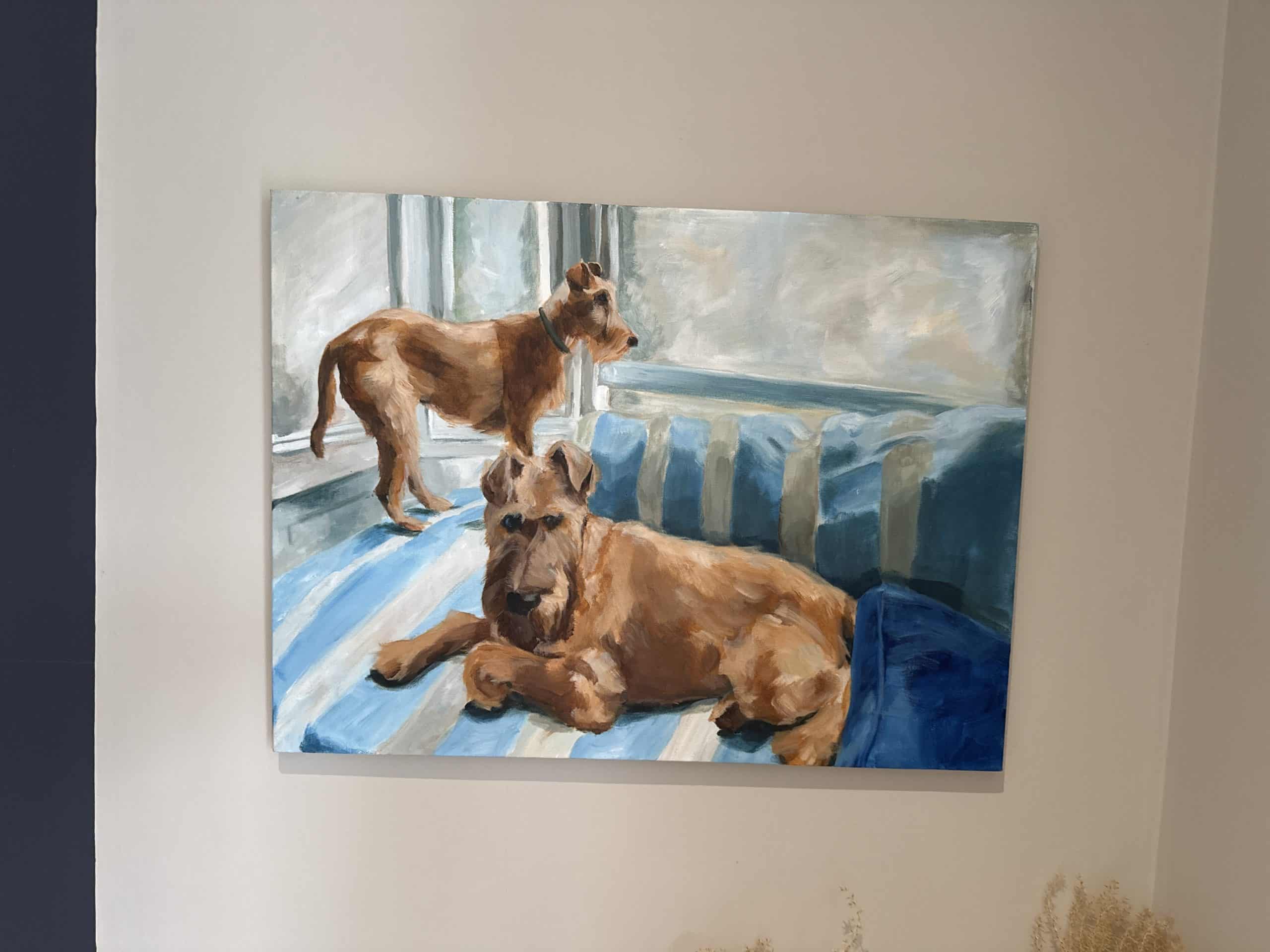It’s the start of a new year; a time full of promise as we look ahead and make plans. For fans of art and design, 2025 looks to be a particularly exciting year with several unmissable exhibitions that will keep framing shops in London and beyond very busy. Here’s a look at some of the best shows to put in your diary.
Edvard Munch: Portraits, National Gallery, March 13 to June 22
Mention the Norwegian painter Edvard Munch, and most people will automatically think of The Scream, his famous painting that has become a universal symbol of existential anguish and despair. However, the upcoming exhibition at the National Gallery this spring will not feature the iconic artwork.
Instead, it will showcase some of lesser known portraits of friends, family, and his wider professional acquaintance and clientele, plus a revealing collection of self-portraits. It’s a unique opportunity to explore the often unseen side of the artist.
As well as technical mastery, Munch’s work is psychologically insightful and enlarges our understanding of the human condition. Some of the haunting and melancholy nature of Munch’s artwork has been attributed to his traumatic childhood, which was scarred by illness, anxiety and the early deaths of his sister and mother.
However, his artwork has the ability to transcend the personal and speak to wider emotional and spiritual concerns.
Ithell Colquhoun: Between Worlds, Tate Britain, Jun-Oct 2025
Ithell Colquhoun (1906-1988) was a British artist who was also a practising occultist. Her work is usually described as surrealist, and she used ‘automatic’ painting methods to produce paintings that expressed her ideas about feminine power, ecology and sexual identity.
Her achievements as an artist have been somewhat overlooked despite initial critical acclaim, but hopefully this upcoming exhibition will create a new audience for her work, which still has a very contemporary edge even in 2025. If you are interested in myths, magic, and witchcraft, this is definitely one to put in your diary.
Leigh Bowery, Tate Modern, Feb 27-Aug 31
Leigh Bowery (1961-1994) was a unique figure whose work cannot be easily summed up in a few sentences. He was a performance artist, but also a model, TV presenter, musician, and fashion designer, and he challenged notions of decorum, accepted body images, gender and sexuality.
His work continues to influence fashion and nightlife culture, and this immersive exhibition celebrates his eclectic and sometimes outrageous style and collaborations with other artists, including Alexander McQueen and Lady Gaga. It’s an outlet for the flamboyant and extraordinary in a world that can sometimes feel increasingly curated and controlled.
Helen Chadwick, Hepworth Wakefield, May 17- Oct 27
Helen Chadwick (1953-96) was a British artist who worked primarily as a sculptor, photographer, and installation artist. She explored concepts of identity, and was particularly interested in representations of women. Her work is described as unconventional and sophisticated, influenced by a wide range of sources from mythology to technology.
According to Tate Modern: ‘Binary oppositions was a strong theme in Chadwick’s work; seductive/repulsive, male/female, organic/man-made. Her combinations “emphasise yet simultaneously dissolve the contrasts between them”.’
‘“Her gender representations forge a sense of ambiguity and a disquieting sexuality blurring the boundaries of ourselves as singular and stable beings.”’ She subverts traditional notions about beauty and femininity, and her work is also often imbued with a sense of humour.
Jenny Saville: The Anatomy of Painting, National Portrait Gallery, Jun 20-Sept 25
Jenny Saville is considered to be one of the most important and influential contemporary British painters, and this summer’s exhibition is a long-overdue major solo show in the capital city. She paints physically and emotionally raw images of the human form.
Emerging onto the art scene in the early 1990s, Saville was an original member of the Young British Artists who came to prominence during that time. Her work is in the tradition of Freud and Bacon, viscerally interpreting human flesh through heavy layers of oil paint.
During her training, Saville observed a plastic surgeon at work first hand, and also viewed cadavers and studied classical and Renaissance sculpture. This has enabled her to create work that challenges our perception about the human body, particularly the female form, while also acknowledging the influence of other cultures and past artists.
